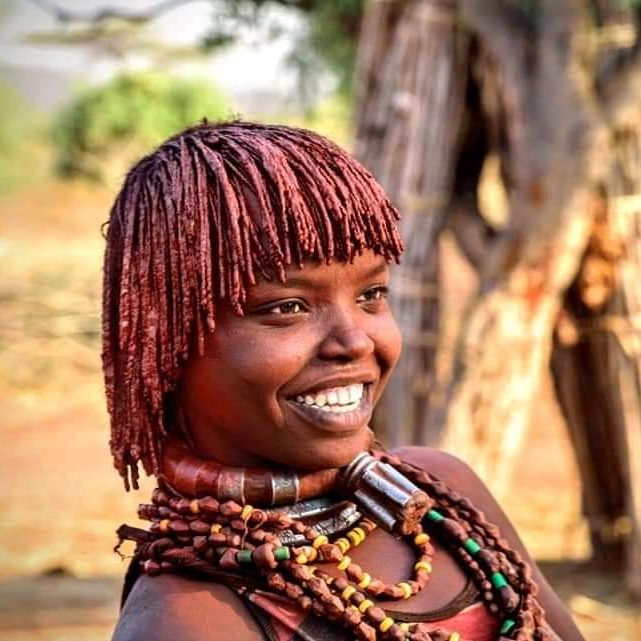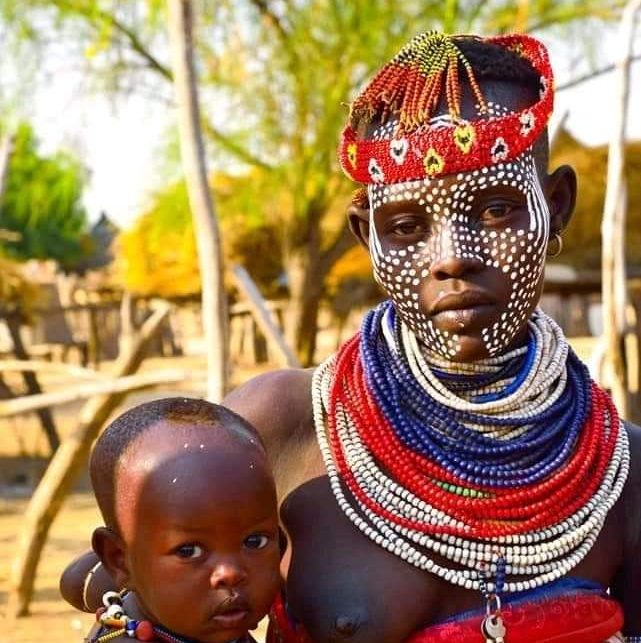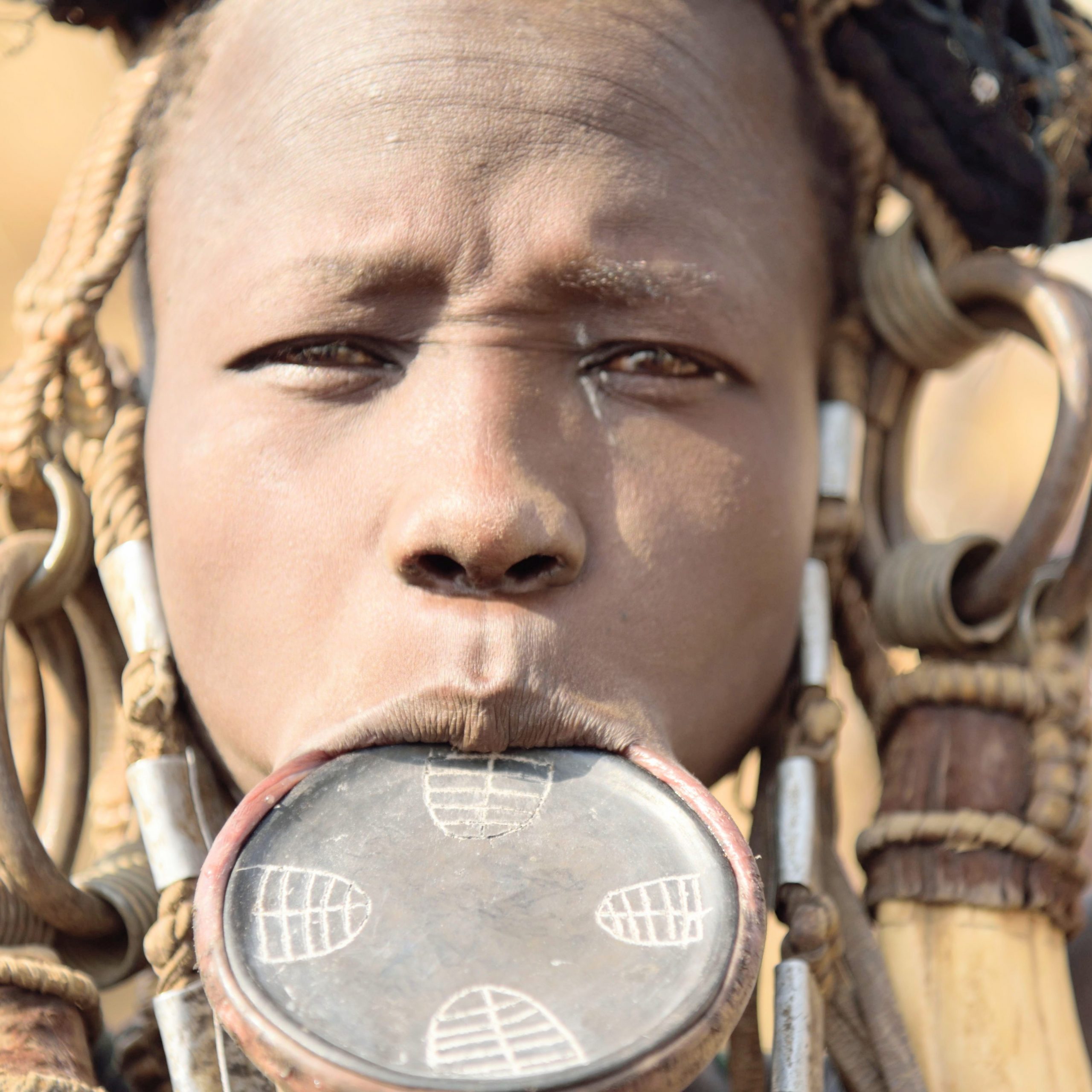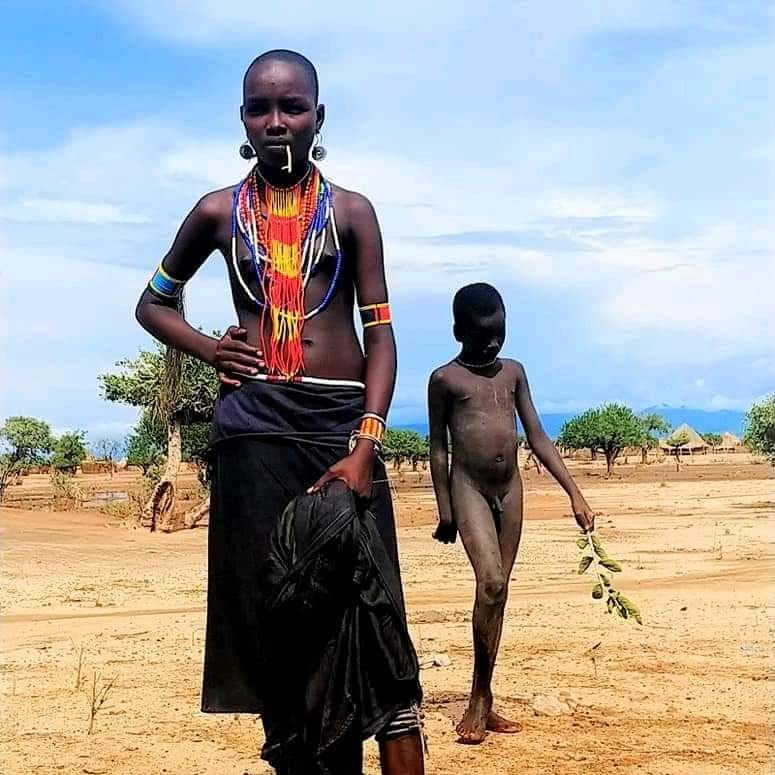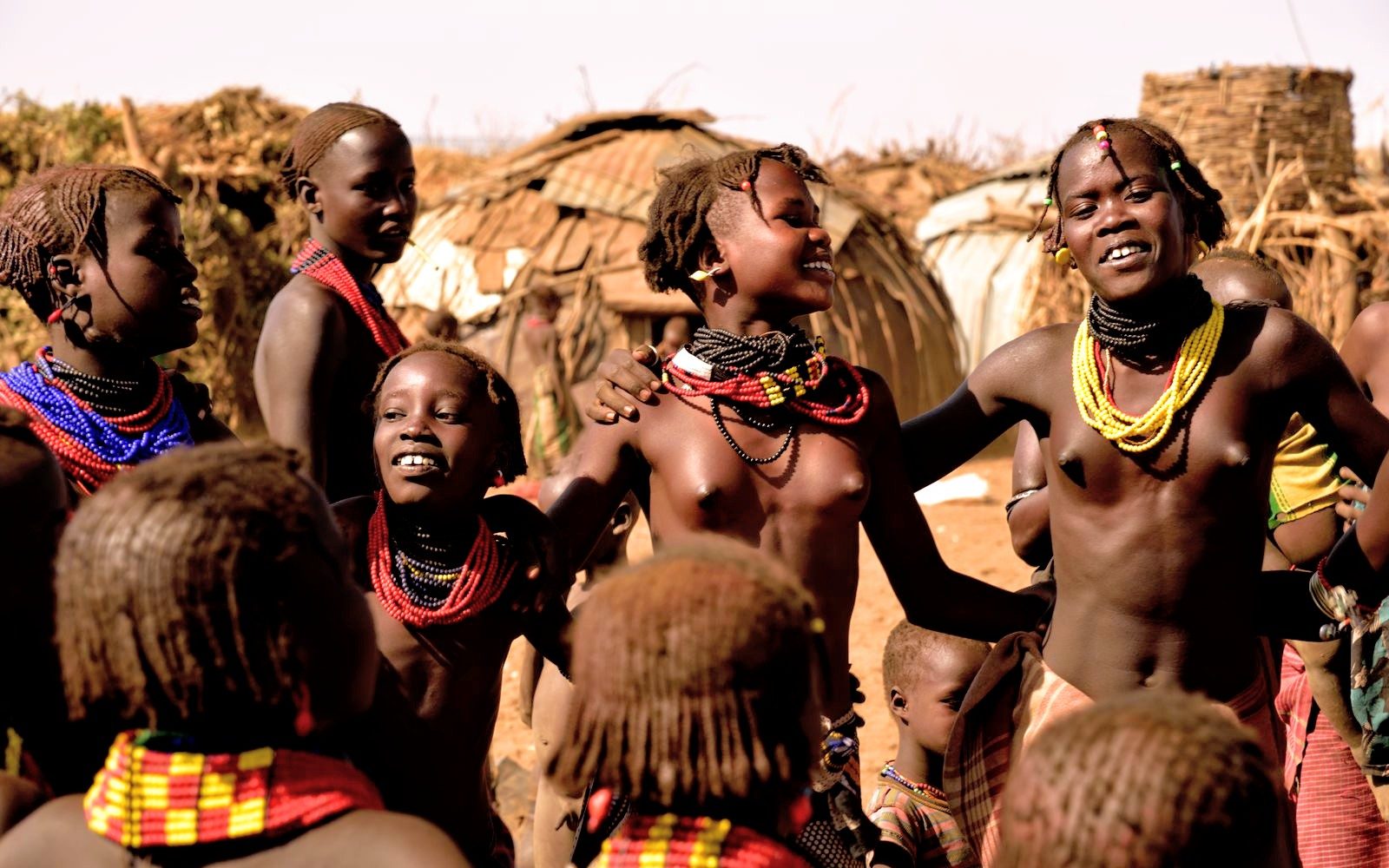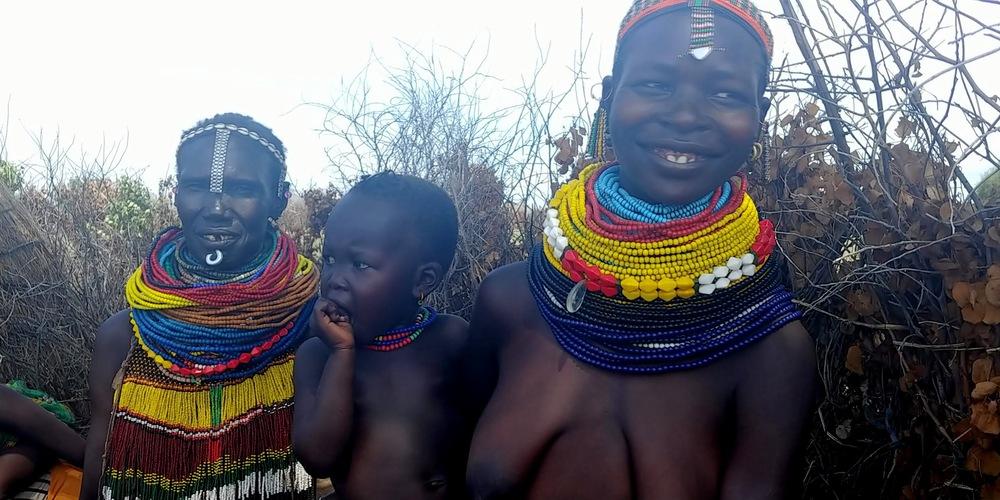The Omo Valley tribes are indigenous tribes living in south Ethiopia Along the Omo River. These indigenous tribes have managed to preserve their unique set of cultures and traditions over centuries. Their vibrant traditional clothing, body art, and every aspect of their culture tell their way of life, that has been passed down through generations.
The Omo Valley is one of the best places in Ethiopia to visit. Knowing this indigenous people who have been living in the region for hundreds of years is an enriching experience that every traveler will benefit from. Moreover, the Omo Valley tribes offer a unique perspective on the world.
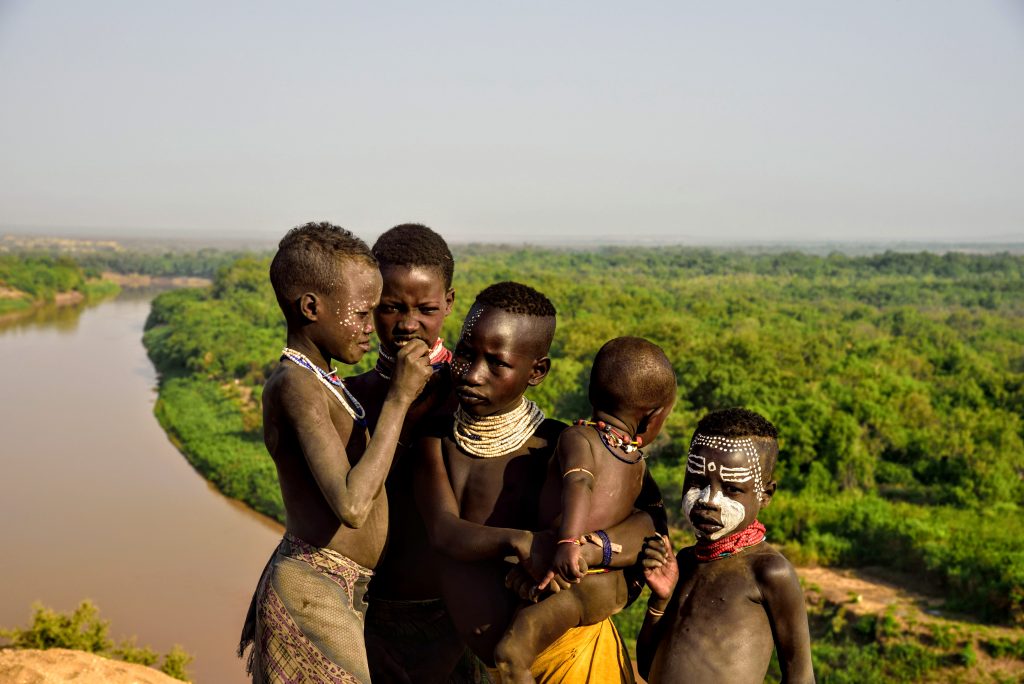
Ethiopia’s Omo Valley region is considered the oldest inhabited area by human beings. Archeological Evidence shows Pre-historic stone tools that dated more than 2.5 Million years old and hominid fossils have been found in the area.
Whilst there are more than 16 tribes and ethnic communities in Omo Valley, some of them are remarkably unique to visit. The tribes are unique in their cultures, Languages, customs, ritual ceremonies, and lifestyles. Here we have listed some of the most interesting tribes to visit.
1. Mursi Tribe
Mursi is one of the indigenous tribes found in Omo Valley. With an estimated 7500 members. The Mursi Women’s are famed for the lip plate. Which is the lower lip pierced, and a Clay plate is inserted…Read More
2. Suri or Surma Tribe
Numbered around 25661, The Suri are more similar to Mursi and they enjoy a friendly relationship with each other. They also share similar languages and cultures such as the lip plate, and Donga Stick fighting competition. But the Suri Practice a more artistic Body painting traditions with different colors of clay…Read More
3. Bodi Tribe
Numbered just 5378 people, the Bodi tribe are pastoralist who lives north of Mursi. They choose an isolated life. The Bodi tribes are famous for the Fattening ceremony called Kel. Where Body Tribe men are fed Blood and Milik for several months and elect the fatest Man of the Year…
4. Hamer Tribe
The Hamer tribes are pastoralists But they also practice small rain-fed agriculture by growing sorghum and maize. with over 46,000 in Population. The Hamers are known to be the most welcoming people. the bull jumping ceremony is a Rite of Passage for Hamer young Boys, it is one of the best experiences to see…Read More
5. Karo Tribe
Karo people are one of the smallest tribes in Omo Valley. They call themselves Kara which means fish eater they own a few animals mostly Goats. The Karo are most famous for their artistic body painting traditions. They are one of the best tribes to visit…Read More
6. The Ari Tribe:
Numbered around 350,000 Ari are the biggest tribes in OMo Valley. They are a very traditional tribe, with most of their people still living in rural areas. the Ari people abandoned their traditional dress and way of dressing with modern clothing. Ari culture is very interesting and their Village is very organized and worth a visit…Read More
7. Arbore Tribe
Numbered around, 5926 The Arbore tribe is closely related to Borena Oromo and Konso. Their relations with these tribes helped them to be middlemen in trades with Omo Valley and this tribe. Arbore Tribes are interesting to Visit…Read More
8. Dasenech Tribe
Dassenech tribes are the most southerly tribe in Omo Valley and are found north of Lake Turkana along the delta of the Omo River. Numbered 47500 people , The Dasenech people are Pastoralist who are always ready to move from place to place looking for good pasture …Read More
9. Gnyangatom Tribe
Predominately The Gnyangto people are pastoralists but some practice rain-fed agriculture on the west banks of the Omo River. The Population of the tribe is 17584. Gnyangatom are brave warriors. Their women wear dozens of colorful beadles on their nake to show beauty and statues in their community…Read More
10. Bena Tribe
The Bena tribes are Closely related to Hammer they speak the same language, have a similar appearance, share a similar culture and freely intermarry with each other….Read More
Where to find the Omo Valley tribe?
Where is the Omo Valley? The Valley is found along the Omo River in Ethiopia. It runs along both river banks to the tips of Lake Turkana, Kenya, and borders South Sudan to the west. The area has a diverse ecosystem including rivers, grasslands, and forests.
The Tribes Way of Life
These indigenous tribes of the Omo Valley have managed to preserve their unique set of cultures and traditions over the centuries, as their ancestors lived in hot, arid climates. The Omo River and the land are a vital source to sustain their life. To survive in a harsh environment, they have developed techniques that keep their traditions and lifestyles intact. The tribes of the Omo Valley are agro-pastoralists. They command a large number of cattle and animals. It is a source of pride and a vital part of their livelihood as it produces blood, milk, meat and hides. Cattle are highly prized and used for the bride’s dowry. Some tribes practice flood-retreat agriculture on the banks of the OMO River, and some tribes fuel rainfed agriculture by planting maize and sorghum. But it’s not to the extent that they are farmers.
It is almost impossible to avoid contact with the outside world, but the tribes maintain their lifestyle unchanged. Although there have been few changes over the years, it seems that time has stood still for the tribes of the Omo Valley.
Most tribes practice the system of polygamy. A man can have more than one wife. But a man should afford to pay a dowry to the girl’s family. The dowry mostly costs a dozen cattle. To have more than one wife a man would have to be rich.
Clothing
Do Omo Valley tribes wear clothes? yes, but they are minimalist. Clothing is worn to cover their private part but also for adornment, to identify classes, and sexual maturity, and to show motherhood, etc.
The tribes who lived in the northern highlands developed intricate and colorful clothing made from cotton and fabrics and used mostly Western-style clothing. Some tribes specialize in weaving, such as the Dorze. The entire tribe is known to be the best weavers of traditional clothing in Ethiopia.
However, in hot areas, like the Omo Valley, tribes mostly live in harmony with nature and do what is necessary. They don’t need clothes to keep warm. It can often be too hot for them to be uncomfortable and they do not need clothing to protect them from the cold. The clothing cultures of the Omo Valley have evolved towards a minimalist type of clothing. In the wild, men may abandon their clothing altogether. Women put on clothes and decorated goatskins around their waists, while men rap to cover their genitals.
Beautifications
To reflect their social status the Tribes in Omo Valley perform different beautifications such as body scarification, elaborated beaded necklaces, body paintings, hairstyles, and some unusual practices such as lip plates in the Mursi tribes.
The elaborate hairstyles, Scarfications, and handmade jewelry play a significant role in the tribal structure. They indicate a person’s age, wealth, and social status.
Challenges of Omo Valley tribe
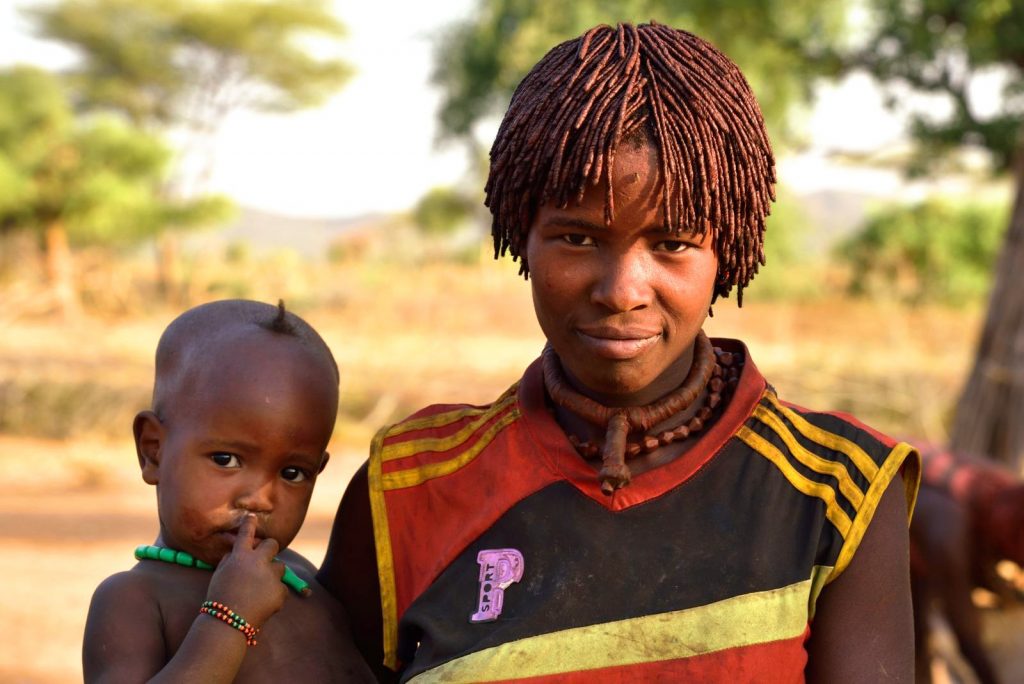
Indigenous people’s culture faces many challenges. As time goes by, these tribes are slowly changing, due to with the influence of the modern world. Government policies focusing on the economic development of the country, with the exclusion of the culturally rich Omo Valley tribe, commercial farms, Sugar factories, and Big Hydro Dams, are being constructed on the Omo River, the main source of flood to the dry region. have now made the Omo Valley tribes way of life increasingly difficult to maintain and preserve.
OMo Valley is also highly vulnerable to climate shocks and is one of the most drought-prone areas. Prolonged drought also puts the tribe’s way of life in danger as The rainy season has become short and unpredictable. which means the cattle have nothing to eat.
AlsoPreserving these cultures is becoming more challenging. It is not only the outside world that brings challenges to the tribe’s culture but also assimilation between tribes.
The best example of this is The Brayle tribe. Brayle is a tribe of Omo Valley numbers just 895. Among them, only 10 can speak the ethnic group’s native language, Angota, fluently and they are all elderly. All members of The tribe live in one big Village called Gea Wenz. Because of intermarriage and their small size, the Brayle are adopting their neighboring Stemay Tribe Tongue over their language. This puts them and their language in danger of extinction.
The tribes are even believed to originate from a mix of seven tribes- Borena, Gewada, Bona, Konso, Borena, Arbore, and Male. According to prominent elders, the groups migrated to the River of Weyto due to prolonged drought, and they assimilated into a single tribe.
The most widely used food Brayle is dried fish. They grow bananas, peppers, and onions and are also known for their honey production in traditional beehives. Now the Brayle are already losing their languages and accepting more of the culture of the Dominant Stemay tribe, because of intermarriage. Will we see the Brayle tribe in the next decade? we can’t be sure.
What can you do and see at the Omo Valley?
- Visit tribal villages, to see Authentic tribes, get some knowledge on tribal culture, buy hand-made souvenirs, and attend traditional dancing and music.
- Attend authentic Ritual ceremonies such as bull jumping, a rite of passage.
- Photography trips. The Omo Valley is an amazing area for photo shoots of colorful tribes.
- Camping with the tribes and seeing the daily life of indigenous people in the village is an enriching experience
